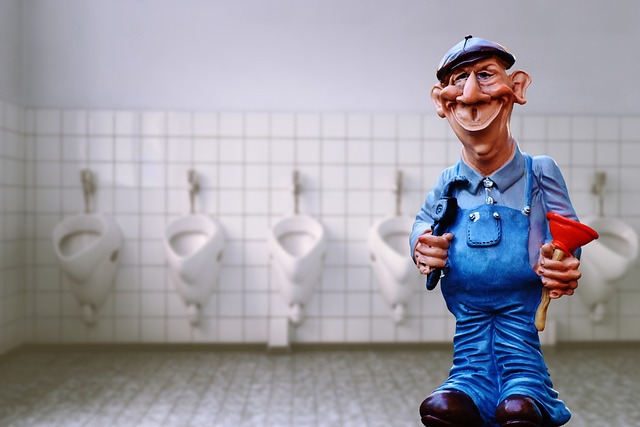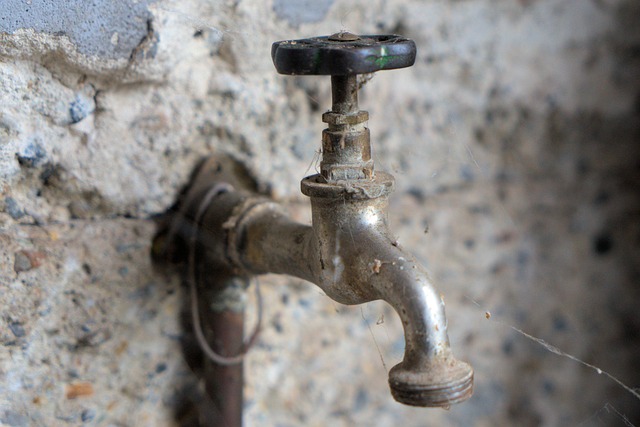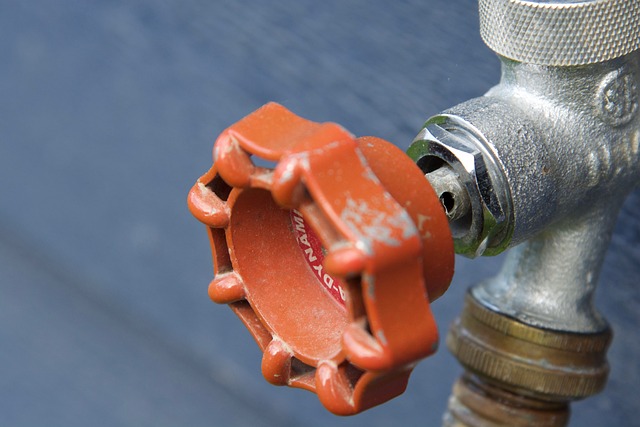Clogged drains, caused by grease, food, or hair buildup, disrupt daily life and pose plumbing risks. Homeowners can use augers (drain snakes) or simple solutions like hot water, baking soda, and vinegar to clear minor blockages. Regular drain maintenance, including catchment cleaning and professional inspections, prevents severe clogs and costly repairs, emphasizing the importance of a skilled plumber.
Tired of dealing with stubborn, clogged drains? Understanding common causes like grease buildup, hair entanglements, or foreign objects is key. As a professional plumber, we recommend effective tools like augers and drain snakes for clearing blockages without chemical cleaners. Our step-by-step guide ensures success. Learn best practices to maintain unclogged drains, including regular cleaning and prevention tips, saving you time and money.
- Understanding Clogged Drains: Common Causes and Effects
- Introduction to Plumber's Tools: Augers and Snakes
- Step-by-Step Guide: Using an Auger or Snake Effectively
- Best Practices and Tips for Maintaining Unclogged Drains
Understanding Clogged Drains: Common Causes and Effects

Clogged drains are a common household issue that can cause significant disruptions. Understanding the causes behind these blockages is essential, as it enables homeowners to take preventive measures. Drains often get clogged due to various factors such as built-up grease, food particles, hair, and other debris. These substances can accumulate over time, forming hard-to-remove deposits that obstruct water flow.
The effects of clogged drains are far-reaching. They not only lead to slow drainage but can also cause severe plumbing issues. Backup in one drain might eventually affect others in the house, leading to potential water damage and even health hazards. A seasoned plumber can swiftly identify the root of the problem, whether it’s a simple buildup or something more complex like broken pipes.
Introduction to Plumber's Tools: Augers and Snakes

Plumbers often rely on specialized tools to tackle common household issues, and when it comes to unclogging drains, augers and snakes are two indispensable weapons in their arsenal. These tools are designed to navigate through pipes and break apart or remove obstructions causing clogs. An auger, also known as a drain snake, is a flexible metal cable with a corkscrew-like tip that can twist and turn its way through pipe curves and snags. Its design allows it to grab and pull out hair, grease, and other debris buildup in drains.
While similar in function, these tools differ in their application and capabilities. Snakes are best for shallow clogs or those within a few feet of the drain opening. Augers, on the other hand, can tackle deeper clogs and are more powerful due to their ability to rotate at high speeds. Both are easy to use, portable, and effective solutions for homeowners looking to clear stubborn drain blockages without calling in a professional plumber.
Step-by-Step Guide: Using an Auger or Snake Effectively

Using an auger or snake to clear clogged drains is a straightforward process that every homeowner should know. Start by gathering your tools, which may include an electric auger (or ‘snake’) and a drum pump (for more stubborn clogs). Next, insert the auger into the drain, ensuring it’s fully inserted to create a seal. Turn on the power and slowly advance the auger through the pipe, breaking up any debris or buildup.
For particularly blocked drains, use the drum pump to pour a mixture of hot water and baking soda down the drain, followed by vinegar. This combination is an effective natural cleaner. After clearing the clog, flush the system with hot water to remove any remaining residue. Regularly scheduling drain maintenance with a professional plumber can also help prevent future clogs.
Best Practices and Tips for Maintaining Unclogged Drains

To keep drains unclogged and maintain a smooth flow, consider these best practices and tips from a plumber: regularly cleaning catchments and traps with hot water and mild detergent can prevent hair, grease, and other debris buildup. Using drain covers or catchers can also help block larger items before they enter the pipes.
When dealing with occasional clogs, manual methods like plungers or chemical drain cleaners are effective solutions. However, for persistent or severe clogs, it’s best to call a plumber who possesses the right tools, such as augers or snakes, to clear obstructions without damaging pipe structures. Regular inspections and maintenance by a professional can also prevent costly repairs down the line.
Unclogging drains is a common home maintenance task, but it’s not always easy. Fortunately, with the right tools like augers or snakes, you can tackle these obstructions head-on. By understanding the causes of clogged drains and following the step-by-step guide provided, you’ll become your own plumber of last resort. Regular maintenance and best practices will ensure your drains stay clear, saving you time and money in the long run.
